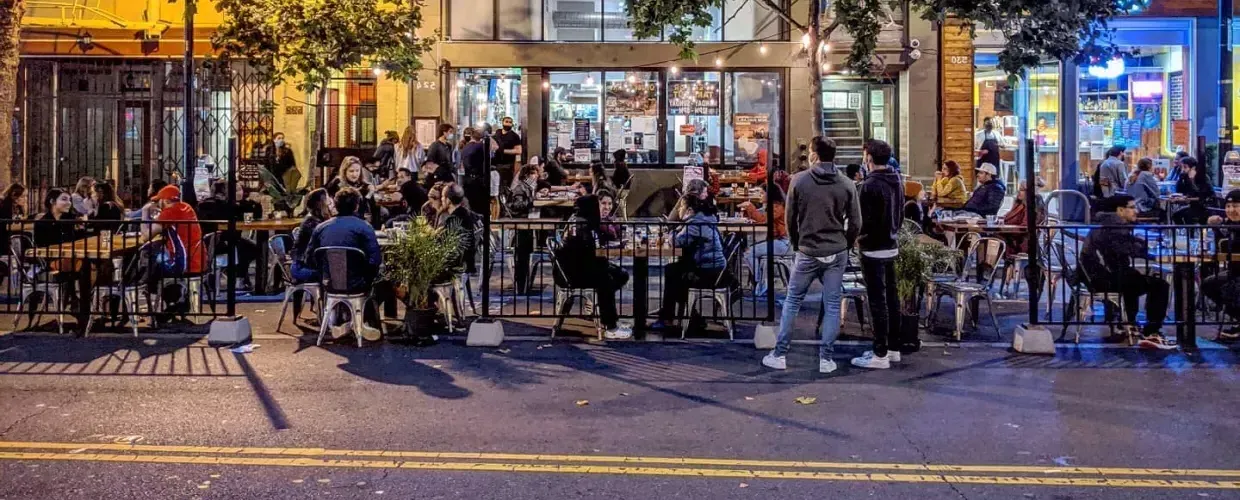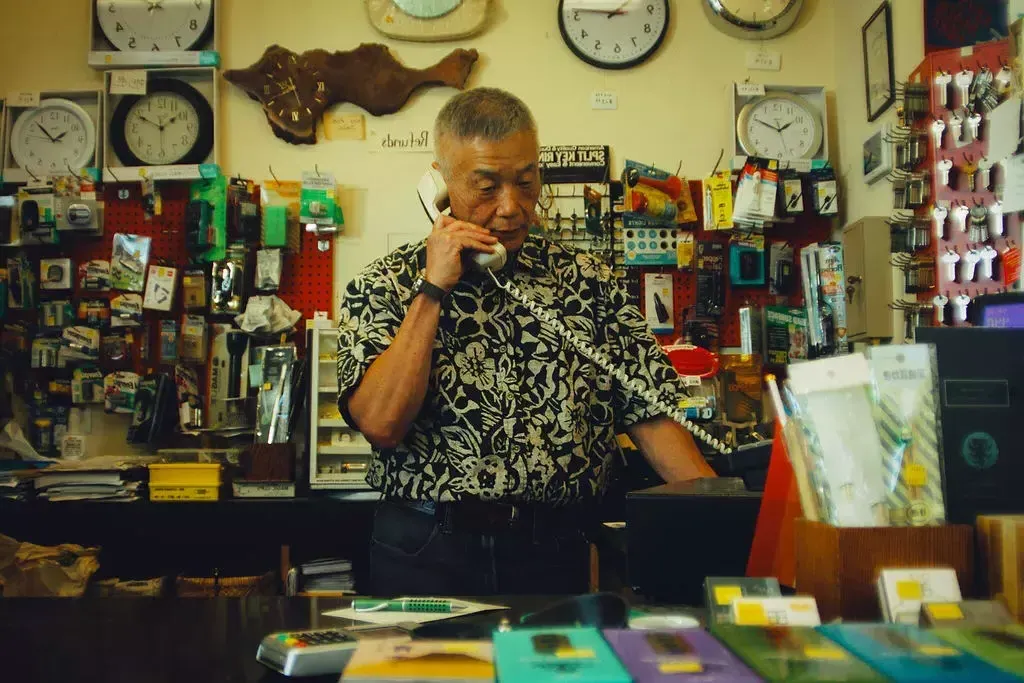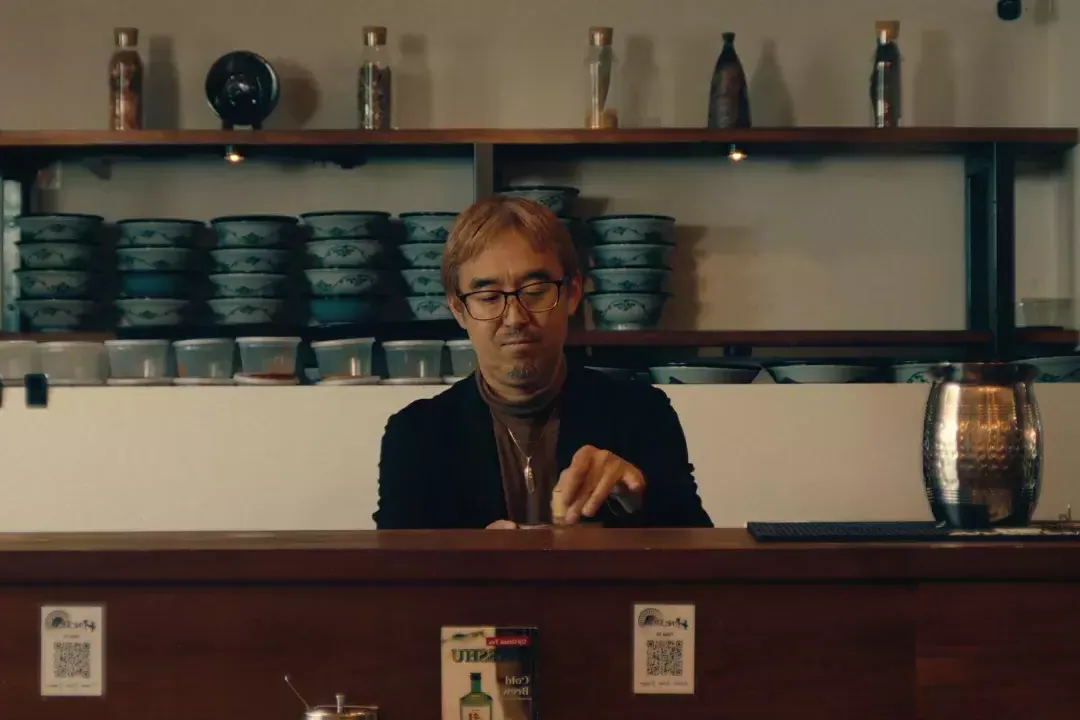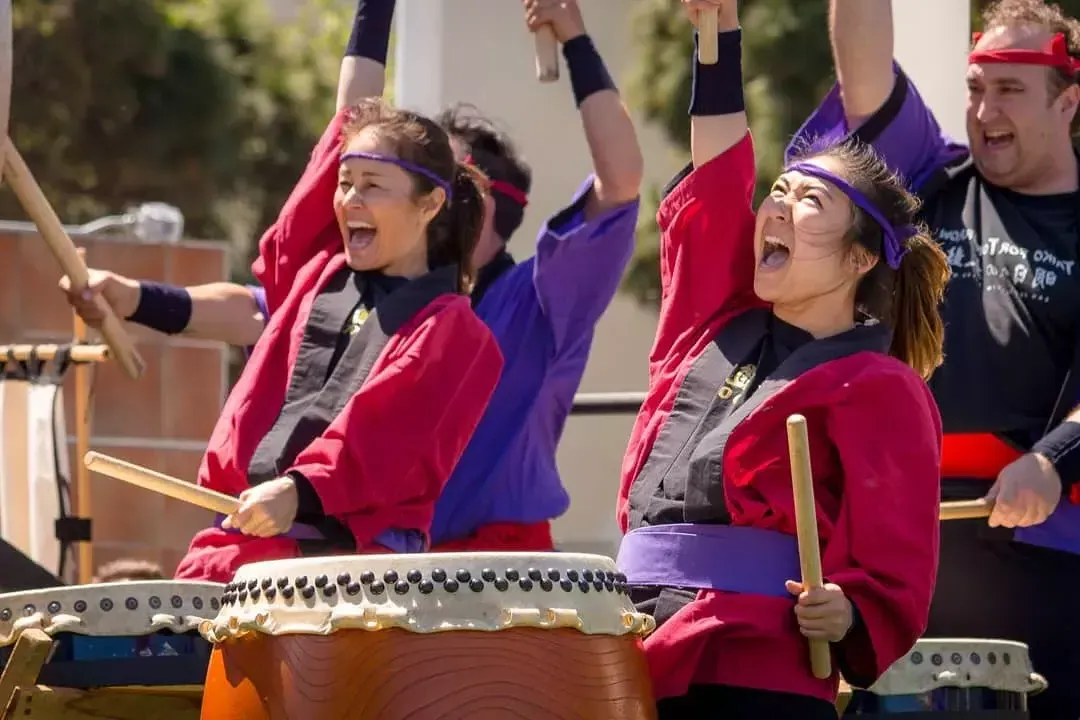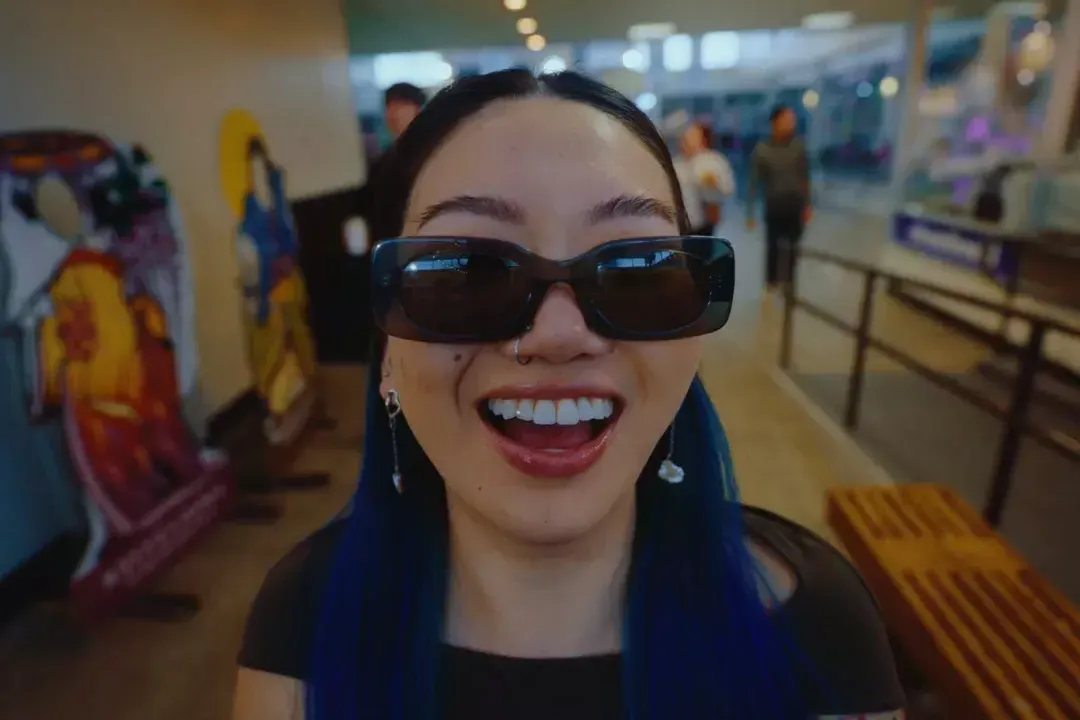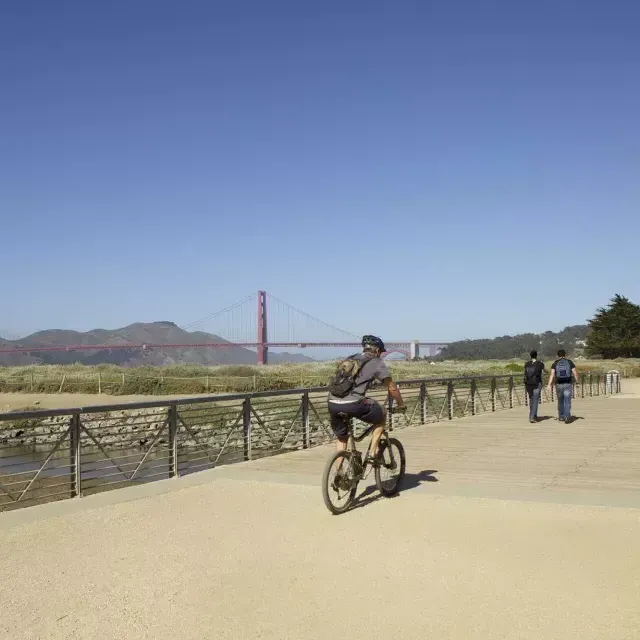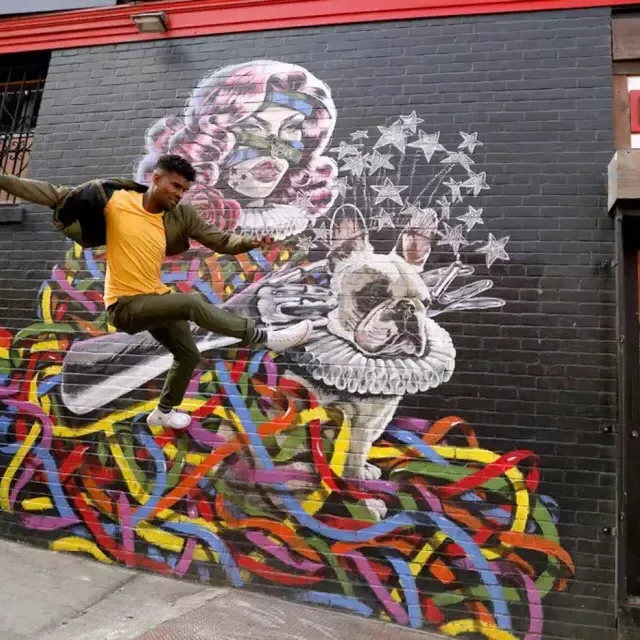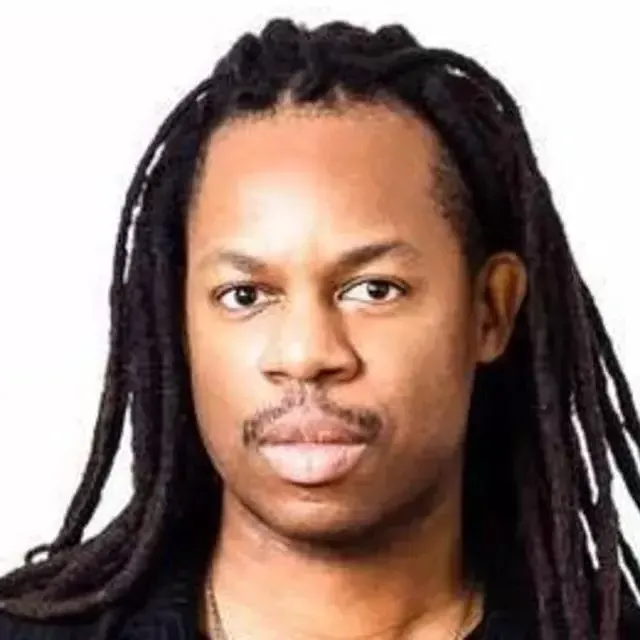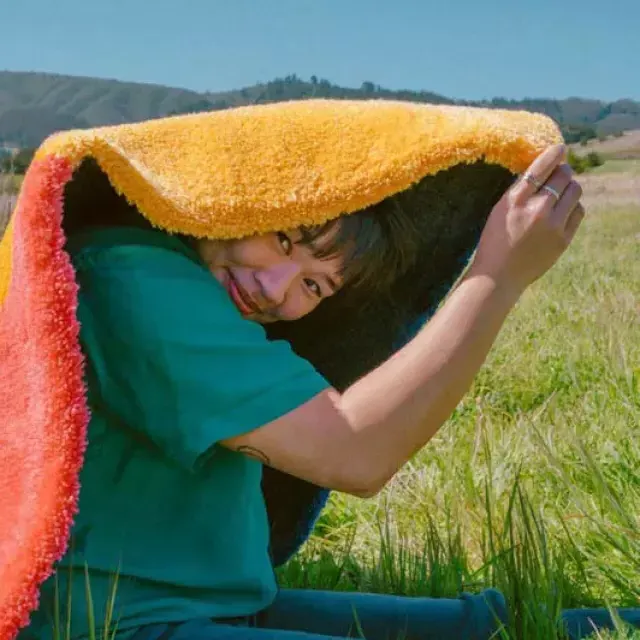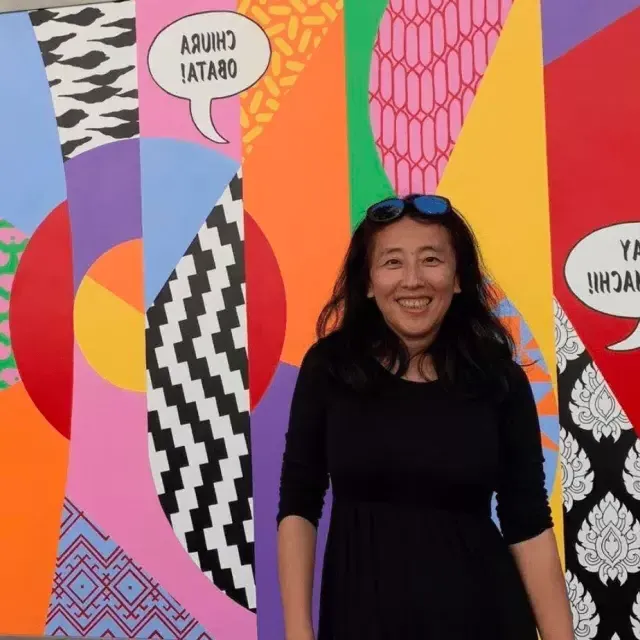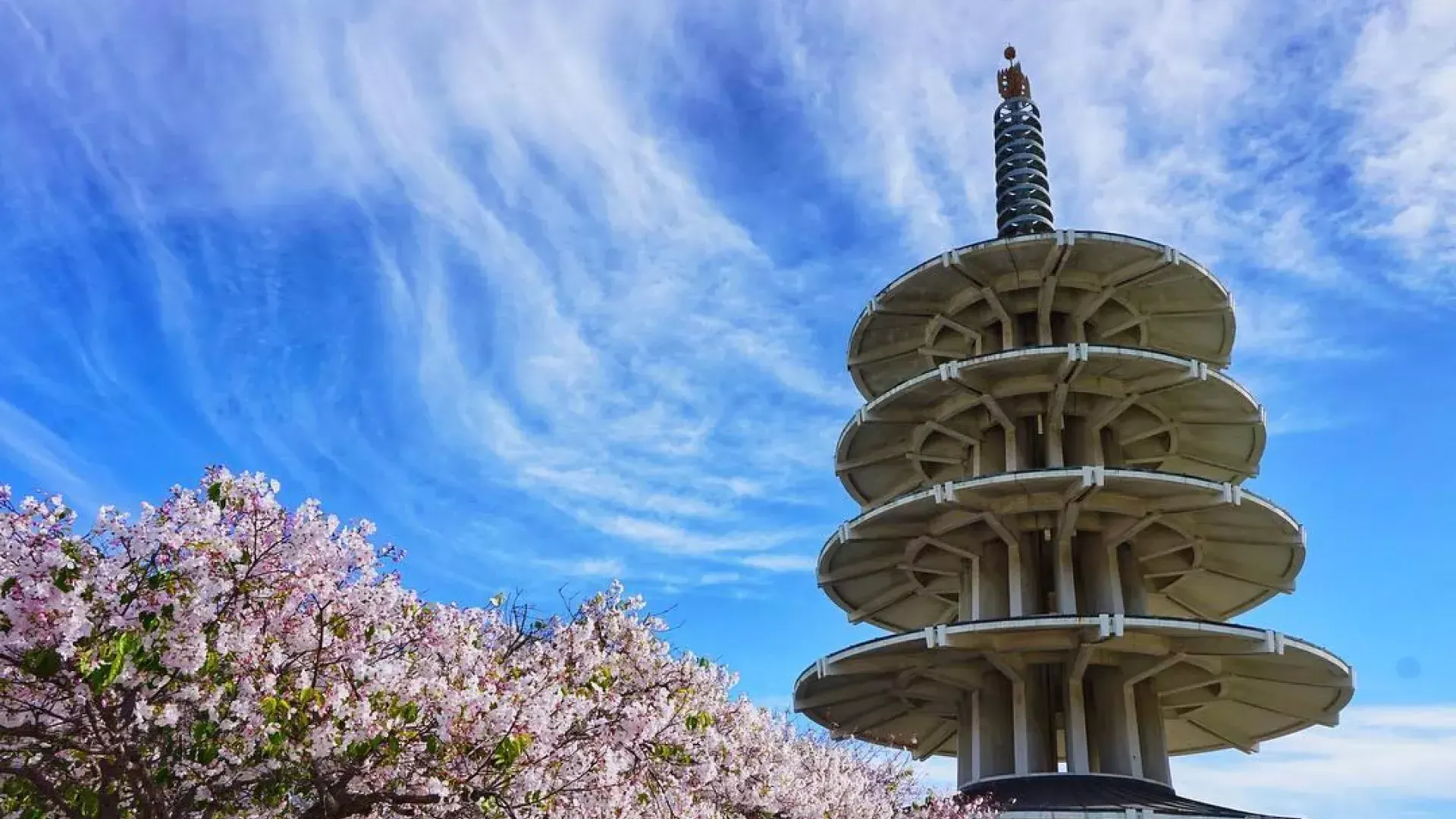
Heart of the CityJapantown
Experience San Francisco's Japantown—a neighborhood where east meets west and old meets new—through the eyes of its business owners.
San Franciscans take pride in everything about their city; even more so when it’s something that can’t easily be found anywhere else. As one of only three such neighborhoods remaining in the U.S., our Japantown sits proudly in that category.
San Francisco's Japantown may be one of the city’s smallest neighborhoods, but it's big on food, culture, and tradition. It’s also a neighborhood that’s taking a chance on the next generation, determined to remain the heart of the city for people of all ages and backgrounds.
Japantown
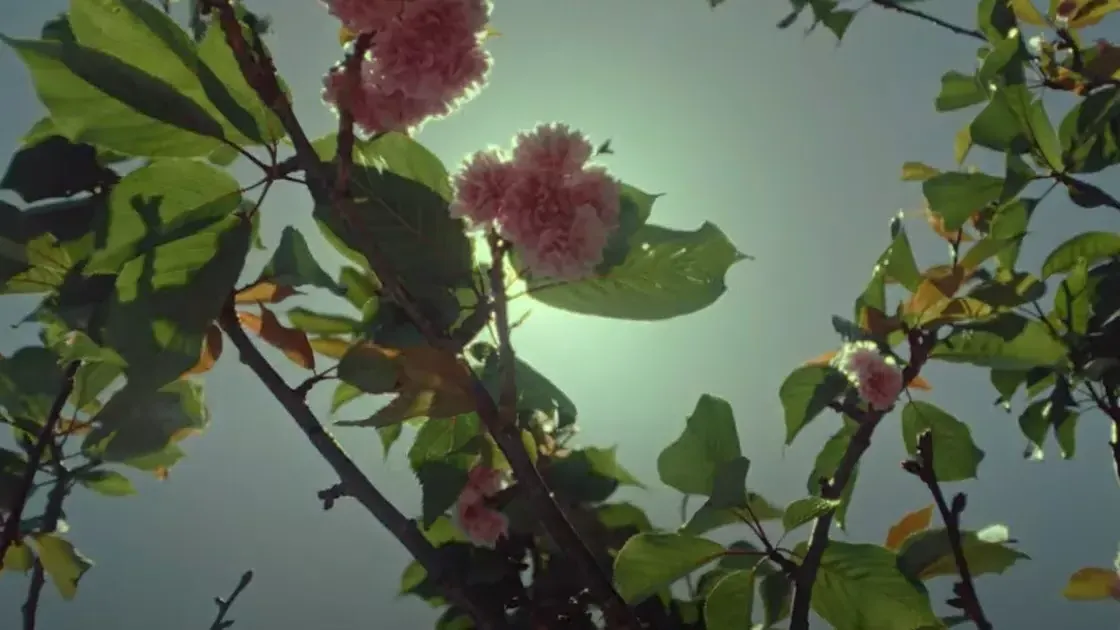
Generations of Ownership
Japantown’s history is plainly written in its neighborhood businesses. Some rank among the oldest continually operating establishments in the city. Soko Hardware on Post Street has existed since 1925. Phil Ashizawa represents the third generation of his family to run the store.
Originally, Soko was focused on serving the local residents; but, as Phil explains, “over the years, there was increasing tourism in the area and an interest in the Japanese culture.” The store began to expand its inventory to include the items that stoked visitors’ curiosity, like Japanese woodworking tools and traditional kitchen utensils. Phil continues to source these items, despite a growing scarcity. “Even in Japan, the traditional stuff’s getting harder to find.”
Restauranteur Masao Kuribara represents the fourth generation to run his family business, Hinodeya. Unlike Phil, who was born and raised in San Francisco’s Japantown, Masao was born and raised in Tokyo. How did he find his way to the City by the Bay?
“San Francisco is a city of innovation,” he says, which made it the perfect proving ground for Hinodeya’s unique dashi ramen on the other side of the Pacific. Masao credits San Franciscans—“people who have [a] sense of the diverse”—for his success. “I took up the challenge, and I opened the first dashi ramen restaurant in the United States.”
The next generation of Japantown business owners isn’t shy about taking on challenges, either. San Francisco native Jeremy Jong, culinary director and partner at Pa’ina Restaurant & Lounge, ignores the naysayers who have questioned the city’s vibrancy, post-pandemic. “San Francisco’s historically been a place that’s been very resilient,” he says. “And Japantown has definitely been very, very resilient.” The young, energetic, and karaoke-singing crowds at Pa’ina on a given Friday night prove it.
“I’m really proud to have a business in the city I grew up in, in a neighborhood [where] I’m honestly very excited for the future.”
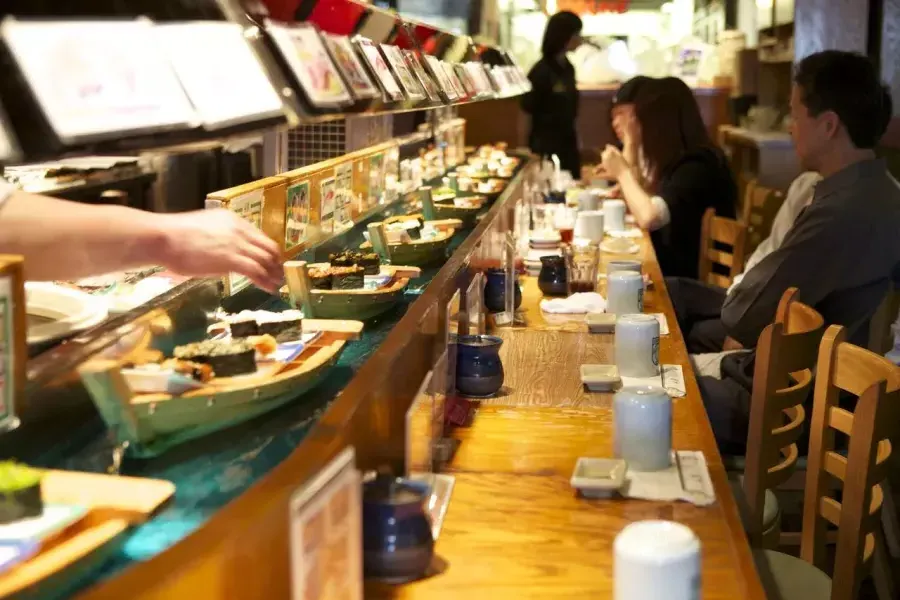
Where to Eat in Japantown
Whether you’re hungry for ramen, sushi, or something more unexpected, you can satisfy your appetite in Japantown. Discover amazing options at all price points.
Dig InA Culture in the Spotlight
Asian pop culture, particularly from Korea and Japan, is being celebrated in America in a way it never has before. TV shows and musical acts break the language barrier. Anime and manga are no longer considered nerdy or niche. There’s a hunger for products and styles from that part of the world, and the Japan Center Mall is the best place in San Francisco to find them.
“I’m really, really excited with the resurgence of the Mall,” says Jeremy. In attracting a younger crowd, the shops and restaurants inside have given a new spark to this old anchor of the neighborhood.
Step outside the Mall’s doors and you’ll find yourself in the Japantown Peace Plaza. This public space has been the center of neighborhood celebrations, including the Northern California Cherry Blossom Festival and the Nihonmachi Street Fair.
“People are visiting,” Masao says, “because [they] want to feel the culture.” In the eyes of someone born in Tokyo, San Francisco’s Japantown is as authentic as it gets.
“The neighborhood…gives me a sense of peace and nostalgia.”
Young and old alike recognize that while Japantown’s appeal has grown, its culture is no longer monolithic. “You have the Japanese, you have the Hawaiian-Polynesian aspect that we bring,” says Jeremy, “But then you also have the Koreans. There’s an Indian restaurant right across from us.” This mix of Asian influences isn’t seen as lessening the neighborhood’s character; rather, it’s a positive change.
“I feel it’s a great representation of the San Francisco Bay Area as a whole.”

Where Else to Experience Japanese Culture in SF
Beyond the borders of Japantown, you can see the influence of San Francisco’s Japanese people and history at the gorgeous Japanese Tea Garden in Golden Gate Park.
Learn MoreThe Heart of the City
“A lot of the older Japanese population that used to live here have moved out,” notes Phil. Yet that demographic change doesn’t worry him.
“I think the restaurant scene here definitely attracts a lot of young people,” he adds. “I appreciate the mix.”
Jeremy couldn’t agree more. “I like the fact that we bring a good amount of diversity to the neighborhood.”
Even as a vanguard of the next generation to shape Japantown, Jeremy understands the value of its history and community.
“Without it, you’re missing a very essential part of San Francisco.”
Japantown’s challenges are those of a small community magnified to a citywide, national, and even global scale. Whether it be an unprecedented pandemic in the 2020s, controversial urban development in the 1960s, or the forced relocation of a number of its residents—including Phil’s grandparents—during World War II, Japantown has endured. It’s a small but mighty, consistently beating heart of the city.
